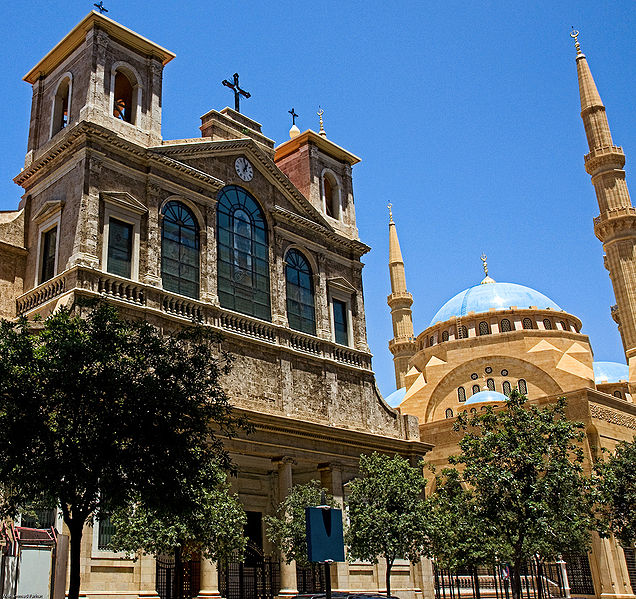
BEIRUT - Somehow, the shots missed Jesus. He survived the rampage by armed men in St. George’s Cathedral during the Lebanese civil war. But since the mosaic of which he is a part is otherwise shell-pocked, his figure has become something of an attraction.
The cathedral is not far from downtown Beirut’s posh hotels, and just steps from the famous Ottoman Clock Tower and Grand Serail (now the office of the prime minister). It and its mosaic are a good example of the way Beirut deals with its history: its bloody heritage is claimed, not whitewashed. You see it everywhere. Forgetting is not an option.
In the recent past, war was a daily reality in Lebanon. From 1975 until 1990 the Lebanese fought each other. Sunnis fought Christians. Communists fought nationalists. The fronts not only ran straight across the capital but through all levels of society.
The "green line" divided Beirut in two – the Muslim western part of the city, and the Christian east. St. George’s is located on the line. The cathedral is named after Saint George, who is supposed to have been born not far from Beirut. So is the St. George Hotel. Prime Ministers and princes used to stay at this cosmopolitan venue; everyone from Brigitte Bardot to David Rockefeller sunned on its terrace, as the tabloids avidly reported. That was in the city’s golden age, before the civil war. [Link]